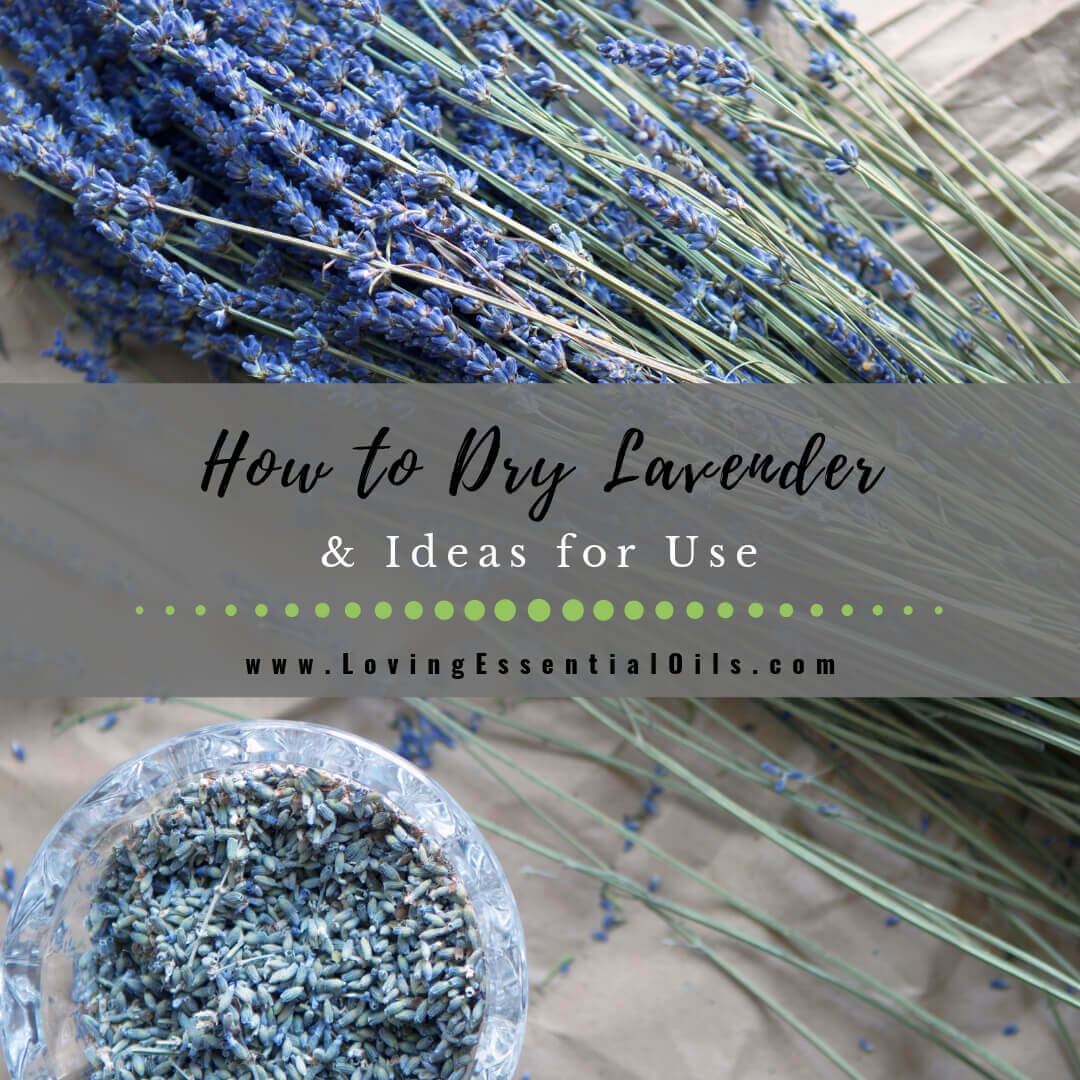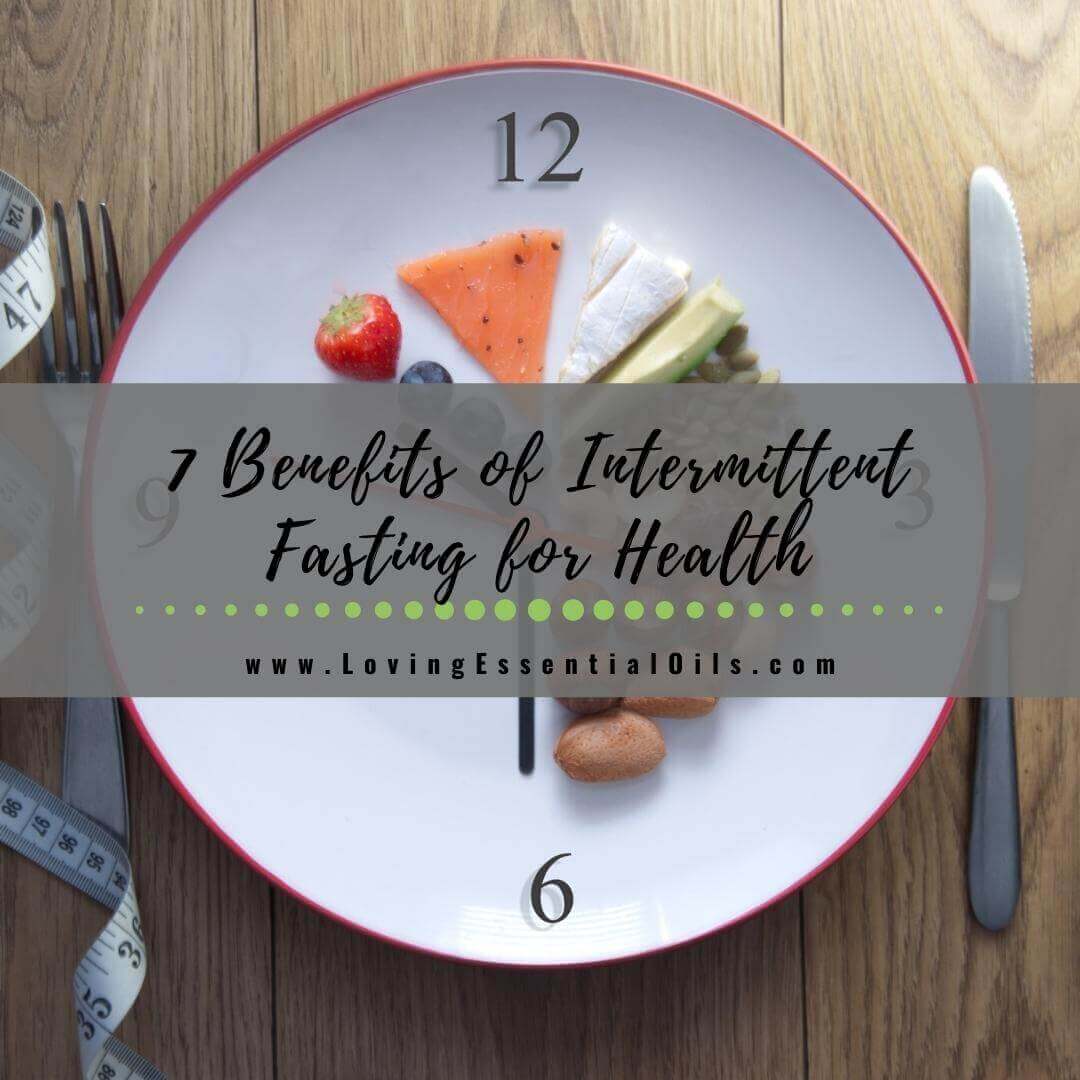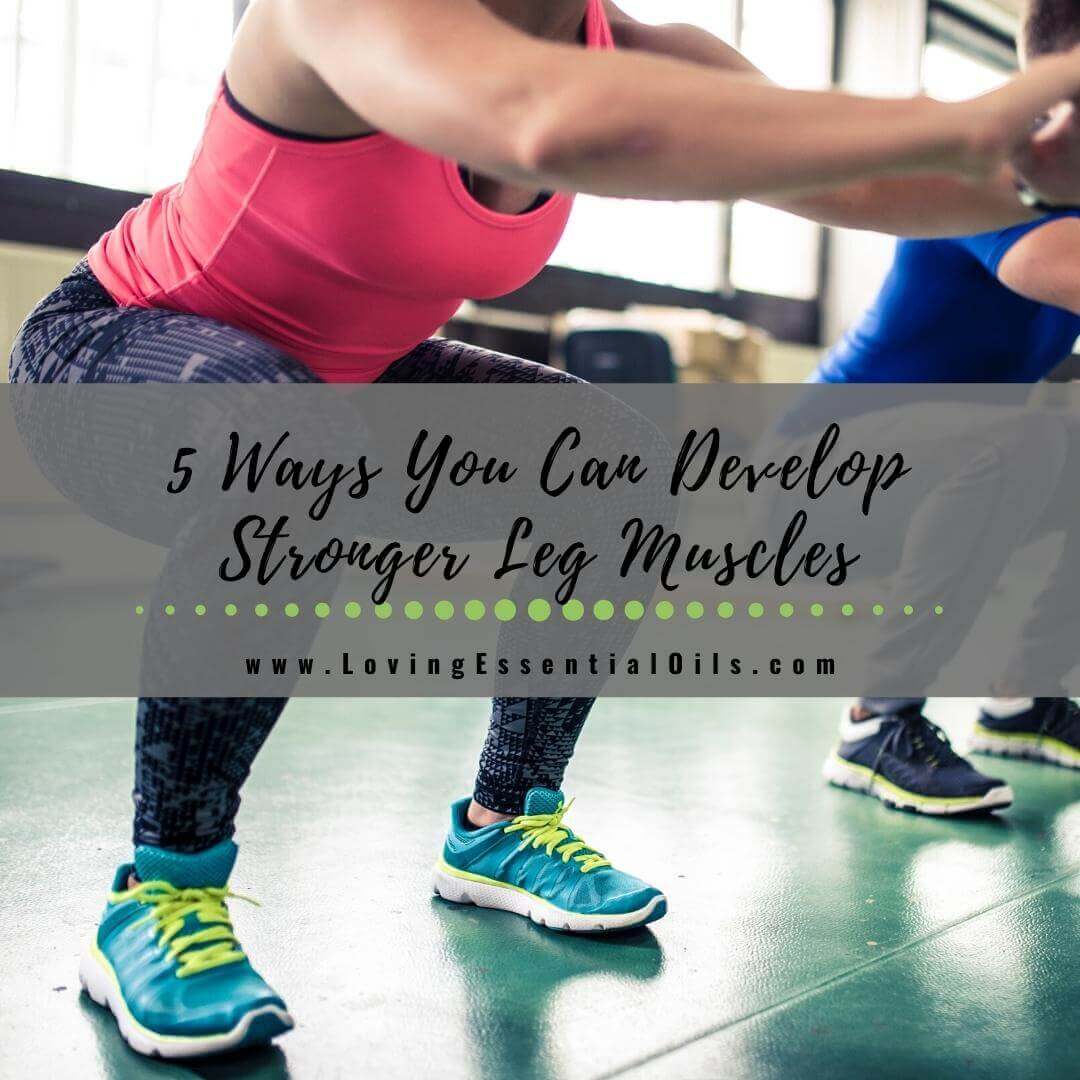I love lavender essential oil, it has so many benefits. It is my number one recommended oil that I think every household should have. Since I love it SO much, I decided to plant some lavender several years ago so I could enjoy the beautiful purple flowers and fragrance in my own backyard.
I am really glad I did, I love looking out my kitchen window and seeing the pretty flower buds. Its loveliness has actually inspired me to plant more lavender plants this year. Lavender is an excellent drought resistant plant, making it especially beloved here in California.
With all these plants in my yard, I figured I better learn how to dry lavender properly. I am sharing what I have learned along the way and some different resources that have been helpful to me in this process.
This blog post will show you all of the steps needed for drying lavender with an easy-to-follow tutorial. You will also find out many ways to use dried lavender - from making sachets or potpourri with them, to using them as ingredients in your cooking. Lavender can also be used in a DIY bath soak recipe!

Best Growing Conditions for Lavender
Growing lavender from seeds it a slow process, it is best to grow an established plant. You can easily find lavender plants at a nursery, even online.
Once lavender plants are established, little care or maintenance is required. Here is what lavender needs:
- Lots of sun
- Can grow in the ground or in containers
- Limit watering (remember it's a drought resistant plant)
- Needs good draining soil
- Soil with a high PH (if clay soil, amend with sand and rocks)
- Give your plant space (don't crowd it)
- Prune 1-2 times per year to keep it producing
Resource: Weir's Lane Lavender & Apiary

When and How to Prune Lavender
Once the lavender has grown to an appropriate size, it can be difficult to know how and when to prune or cut back your plants. To start with, you will need pruning shears or gardening scissors for this part.
If you are looking to enjoy the fragrance that lavender offers, then you will want to cut lavender while it is still buds, before it flowers. If you plan to enjoy lavender for the flower blooms, then cut after it flowers.
It is best to prune lavender 1-2 times per year (spring and fall), this encourages new growth.
Here is a great tutorial video on pruning lavender:
How to Dry Lavender Stems Tutorial
Lavender is one of the most versatile and popular herbs in the world, but if you don't know how to dry lavender leaves properly, its aroma may not last.
Here are the steps to easily dry lavender:

Step 1: After pruning from the plant, remove leaves and place your lavender stems in a bundle of 10-25 stems. Place a rubber band around the bottom stems of the bundle. Once bundled, I like to cut the bottom stems so they are all even in the bundle. I use rubber bands over twine because as the stems dry, they dehydrate and shrink. The rubber band will compensate, keeping the stems in a tight bundle.

Step 2: Take a hook (or a paper clip opened up to make a hook) and insert one end of hook under the rubber band. Hang the bundle upside-down in a dark, dry area (like attic, barn, shed, indoor room, etc). Be sure there is space around the bundle for air to flow. The dark, dry area will help the lavender keep its vibrant color, and drying it upside down helps it keep its shape.
**My picture shows how to hang it. I have it in an outdoor tree so you could see how to do it, but I actually hung it in the storage shed in the background for drying it (it is dark and dry).

Step 3: Allow to dry 1-2 weeks, depending on location. Once it is fully dry (no moisture on the stems or in the center of bundle) remove from hook.
Here is a video that shows the steps start to finish:
How to Store Dried Lavender
Once it is dry, you need to store your dried lavender until you are ready to use it. You can store the whole flower bundle or with the buds removed from the stems, depending on your intended use.
To remove the buds from the stem, simple run your fingers over the buds from the bottom of buds to top. Best to do over cardboard or cotton sheet to keep it altogether. Pick out any stems that may have fell in. Place buds in a glass container with an airtight lid (to preserve the aroma).
Dried Lavender Uses

Here are just a few ideas about how to use dried lavender:
- Dried Lavender Bouquet in a Vase: Take a dried lavender bundle and place in a lovely vase, you may not even need to remove the rubber band (depending on your vase).
- Lavender Wreath: Using crafting wire and a wreath form, tie small bunches of dried lavender onto wreath. Overlap each small bunch until you have gone around the entire wreath. Hang on a door or even in a bathroom.
- Make a Lavender Sachet: Simply take dried lavender buds and place them into cotton bags. Place them in dresser drawers to naturally fragrance your clothes and keep bugs away. If you like to sew, here is a tutorial for lavender pillow sachets from Live Simply.
- Freshen Carpets: Grind 2 tablespoons of dried lavender buds and add to 1 cup of baking soda. Sprinkle onto carpets and wait 30 minutes before vacuuming to fill your home with a light lavender fragrance.
- DIY Recipes: Add dried buds to soaps, bath salts, bath bombs, etc. You can even take a few dried lavender stems and decorate gifts and DIY crafts.
- Cooking With Lavender: Yes, people do cook with lavender! One of the easiest ways to enjoy your dried lavender buds is by cooking with it. Cooking with lavender can be a simple way to add an extra layer of flavor and aroma to many dishes.
Books About Lavender
The Lavender Cookbook by Sharon Shipley: Many people enjoy cooking with lavender buds, here is a book all about cooking with lavender.
The appeal of lavender extends beyond its fragrance to the rich yet delicate flavor it adds to a variety of foods. Here's the first cookbook to focus on ways the aromatic herb can be used to enhance ordinary ingredients. More than 90 recipes, such as Grilled Lavender-Honey Chicken, Stuffed Zucchini Blossoms with Lavender Goat Cheese, and Double Chocolate and Lavender Gelato, highlight appetizers, soups, salads, entrees, baked goods, and desserts, with tips on growing and preserving lavender.
The Art of Cooking with Lavender by Nancy Baggett: Here is a beautiful full-color cookbook with over 80 thoroughly tested recipes and 75 inspiring photographs of lavender fields and dishes made with lavender.
Recipes range from savory to sweet and include everything from appetizers, soups, beverages, snacks, main and side dishes, desserts and baked goods and pantry staples. All recipes feature friendly, helpful introductions and tips and are presented so even novice cooks can enjoy success. The book also provides handy details on what dishes lavender greatly enhances and explains which lavender varieties are the best for culinary purposes. And it provides useful planting and harvesting details. This book truly is a feast for all the senses.
The Lavender Lover's Handbook by Sarah Berringer Bader: Here is another resource book that is especially great for lavender lovers, includes info on growing, crafting and cooking.
Lavender is beloved for its and culinary and medicinal uses. In The Lavender Lover's Handbook, Sarah Berringer Bader provides a complete overview of the 100 most colorful, fragrant, and stunning varieties. You will discover expert tips on spacing, planting, pruning, and care and maintenance. Additional information includes tips on how to harvest, cook with, and preserve the plant, along with step-by-step crafts and project that use lavender in beautiful and soothing ways.
How to Make a Lavender Wand
Lavender wands are a popular and wonderful smelling craft project. You need freshly cut lavender flowers with stems and ribbon to make this craft. Here is a video showing how, I plan to try this and place one or two near my bed.
How to Propagate Lavender
Don't have a lavender plant, how about a friend, family member, or neighbor? Offer to prune their plant for free as long as you can take the lavender stems you clip to dry! Or see if they will let you take some cuttings so you can grow your own lavender plants.
Plants for FREE!! You can create more lavender from just one plant, check out this quick video on how to do it:
Here is one more great resource about the different types of lavender available: Lavender Care Guide.
I hope this post has inspired you to get more out of your lavender, or even empower you to plant some.
Where to Buy Essential Oils?
Essential oils are great because not only do they make you feel good physically but mentally as well. I love having them around since they have so many benefits like clearing the air of bad odors and improving moods by releasing calming scents in your home or office!
We are frequently asked what essential oil brand we like, here are some of our favorites:
Share on Pinterest







